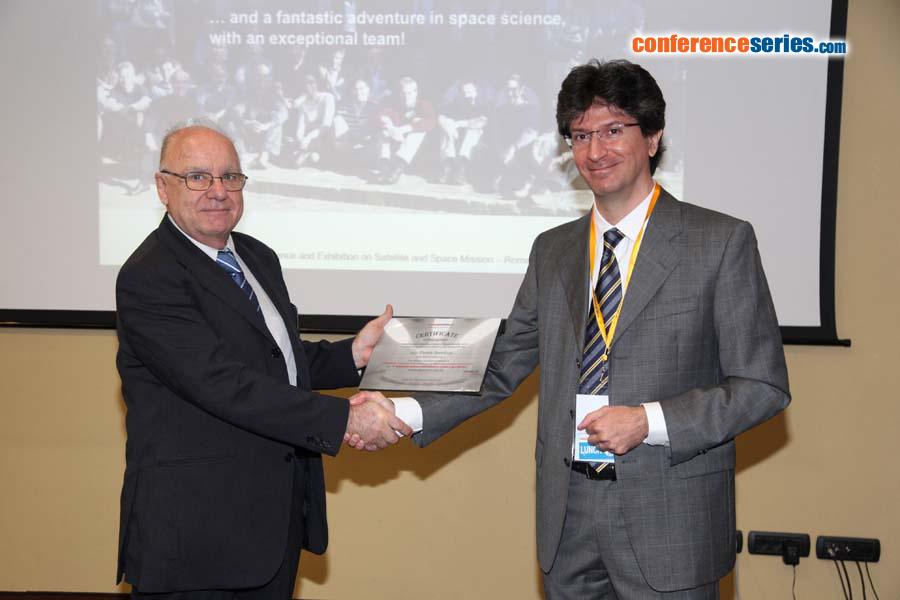
Daniele Bortoluzzi
University of Trento, Italy
Title: Ground testing of a critical mechanism for object injection into geodesic orbit
Biography
Biography: Daniele Bortoluzzi
Abstract
Mechanisms often constitute critical spacecraft subsystems, since they are subjected to environmental conditions which may affect their functionality and performance. Among the possible criticalities, tribological issues constitute a relevant source of mechanism malfunction, with relevant impact on the mission. Typical conditions which can enhance tribological phenomena (friction, wear, adhesion) are related to launch vibration, extreme temperatures, fretting and vacuum environment. In the framework of the development of the ESA (European Space Agency) LISA Pathfinder (LPF) mission, the need arose to understand if an extended object can be injected into a perfect free-fall state (geodesic orbit) by a mechanism with a minimal residual velocity with respect to the satellite. Most of the uncertainty in the expected velocity at the release is related to the behavior of adhesion forces between the metallic surfaces of the object to be released and its holding/releasing devices. In particular, the impulse developed by adhesion forces under the abrupt rupture of adhesive bonds, produced by quick separation of the holding devices, needs to be characterized and tested. In the ground testing activities of the Grabbing Positioning and Release Mechanism (GPRM) a facility was developed to test the behavior of adhesive bonds between metallic surfaces under quick separation. The transferred momentum measurement facility was designed and developed to characterize the impulse produced by the GPRM in releasing a suspended mock-up of the flight proof mass. The results of the ground testing activities are presented and discussed here.




